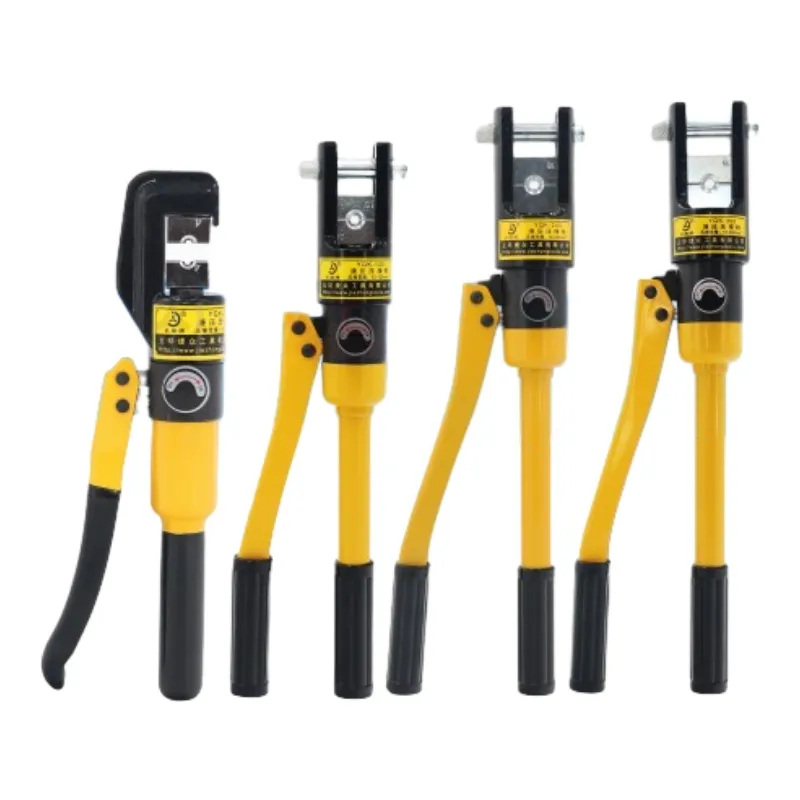
-
 Afrikaans
Afrikaans -
 Albanian
Albanian -
 Amharic
Amharic -
 Arabic
Arabic -
 Armenian
Armenian -
 Azerbaijani
Azerbaijani -
 Basque
Basque -
 Belarusian
Belarusian -
 Bengali
Bengali -
 Bosnian
Bosnian -
 Bulgarian
Bulgarian -
 Catalan
Catalan -
 Cebuano
Cebuano -
 Corsican
Corsican -
 Croatian
Croatian -
 Czech
Czech -
 Danish
Danish -
 Dutch
Dutch -
 English
English -
 Esperanto
Esperanto -
 Estonian
Estonian -
 Finnish
Finnish -
 French
French -
 Frisian
Frisian -
 Galician
Galician -
 Georgian
Georgian -
 German
German -
 Greek
Greek -
 Gujarati
Gujarati -
 Haitian Creole
Haitian Creole -
 hausa
hausa -
 hawaiian
hawaiian -
 Hebrew
Hebrew -
 Hindi
Hindi -
 Miao
Miao -
 Hungarian
Hungarian -
 Icelandic
Icelandic -
 igbo
igbo -
 Indonesian
Indonesian -
 irish
irish -
 Italian
Italian -
 Japanese
Japanese -
 Javanese
Javanese -
 Kannada
Kannada -
 kazakh
kazakh -
 Khmer
Khmer -
 Rwandese
Rwandese -
 Korean
Korean -
 Kurdish
Kurdish -
 Kyrgyz
Kyrgyz -
 Lao
Lao -
 Latin
Latin -
 Latvian
Latvian -
 Lithuanian
Lithuanian -
 Luxembourgish
Luxembourgish -
 Macedonian
Macedonian -
 Malgashi
Malgashi -
 Malay
Malay -
 Malayalam
Malayalam -
 Maltese
Maltese -
 Maori
Maori -
 Marathi
Marathi -
 Mongolian
Mongolian -
 Myanmar
Myanmar -
 Nepali
Nepali -
 Norwegian
Norwegian -
 Norwegian
Norwegian -
 Occitan
Occitan -
 Pashto
Pashto -
 Persian
Persian -
 Polish
Polish -
 Portuguese
Portuguese -
 Punjabi
Punjabi -
 Romanian
Romanian -
 Russian
Russian -
 Samoan
Samoan -
 Scottish Gaelic
Scottish Gaelic -
 Serbian
Serbian -
 Sesotho
Sesotho -
 Shona
Shona -
 Sindhi
Sindhi -
 Sinhala
Sinhala -
 Slovak
Slovak -
 Slovenian
Slovenian -
 Somali
Somali -
 Spanish
Spanish -
 Sundanese
Sundanese -
 Swahili
Swahili -
 Swedish
Swedish -
 Tagalog
Tagalog -
 Tajik
Tajik -
 Tamil
Tamil -
 Tatar
Tatar -
 Telugu
Telugu -
 Thai
Thai -
 Turkish
Turkish -
 Turkmen
Turkmen -
 Ukrainian
Ukrainian -
 Urdu
Urdu -
 Uighur
Uighur -
 Uzbek
Uzbek -
 Vietnamese
Vietnamese -
 Welsh
Welsh -
 Bantu
Bantu -
 Yiddish
Yiddish -
 Yoruba
Yoruba -
 Zulu
Zulu


TEL:
0086-311-88862036
Th1 . 28, 2025 03:30 Back to list
electrical cable grip
Threaded cord grips are essential components in various industries, serving as vital solutions for securing and protecting cables within systems. A well-selected cord grip ensures optimal performance, safety, and longevity of the entire electrical assembly. When choosing a threaded cord grip, understanding the nuances and expertise involved can make a significant difference in project outcomes.
Credibility in selecting threaded cord grips also involves adherence to safety and quality standards, such as those set by the National Electrical Manufacturers Association (NEMA) and the International Electrotechnical Commission (IEC). These standards ensure the cord grips provide reliable performance and meet essential safety criteria. Professionals in the field advocate for products that comply with these standards to support both trustworthiness and optimal system performance. In addition, a reputable supplier or manufacturer plays a critical role in the reliability of threaded cord grips. Suppliers with a proven track record provide engineering support, customization options, and post-purchase assistance, ensuring that their cord grips meet the highest standards of quality and performance. Establishing partnerships with respected industry players generates trust and mitigates risks linked with substandard components. Experience in field applications of threaded cord grips shows that attention to detail and an in-depth understanding of installation techniques are paramount. Correct installation ensures that the grip forms a tight seal, preventing dust, moisture, and other contaminants from penetrating the assembly. Regular inspection and maintenance further enhance longevity and performance, securing the investment in these components. In conclusion, threaded cord grips are indispensable in ensuring the safety and performance of complex systems across numerous industries. By prioritizing material suitability, environmental resistance, and compliance with industry standards, professionals can effectively enhance project outcomes. Choosing the correct product backed by a trusted supplier further ensures authoritative and reliable cord management solutions.


Credibility in selecting threaded cord grips also involves adherence to safety and quality standards, such as those set by the National Electrical Manufacturers Association (NEMA) and the International Electrotechnical Commission (IEC). These standards ensure the cord grips provide reliable performance and meet essential safety criteria. Professionals in the field advocate for products that comply with these standards to support both trustworthiness and optimal system performance. In addition, a reputable supplier or manufacturer plays a critical role in the reliability of threaded cord grips. Suppliers with a proven track record provide engineering support, customization options, and post-purchase assistance, ensuring that their cord grips meet the highest standards of quality and performance. Establishing partnerships with respected industry players generates trust and mitigates risks linked with substandard components. Experience in field applications of threaded cord grips shows that attention to detail and an in-depth understanding of installation techniques are paramount. Correct installation ensures that the grip forms a tight seal, preventing dust, moisture, and other contaminants from penetrating the assembly. Regular inspection and maintenance further enhance longevity and performance, securing the investment in these components. In conclusion, threaded cord grips are indispensable in ensuring the safety and performance of complex systems across numerous industries. By prioritizing material suitability, environmental resistance, and compliance with industry standards, professionals can effectively enhance project outcomes. Choosing the correct product backed by a trusted supplier further ensures authoritative and reliable cord management solutions.
Next:
Latest news
What Are Construction Tools and How Are They Used?
NewsJul.11,2025
Professional-Grade Duct Rodding Tools for Superior Cable Installation
NewsJul.11,2025
Enhancing Safety and Efficiency with Modern Hot Stick Solutions
NewsJul.11,2025
Empowering Cable Installation with Advanced Rodder Solutions
NewsJul.11,2025
Elevate Your Cable Installation Projects with Cable Pulling Tools
NewsJul.11,2025
Efficient Cable Handling Solutions: Cable Rollers for Sale
NewsJul.11,2025
Copyright © 2025 Shijiazhuang Bilo Import and Export Trading Co., Ltd. All Rights Reserved. Sitemap | Privacy Policy

BlLo lmport & Éxport is specialized in power and cable equipment andconsiruction tools,Qur main producis are FRP
duct rodder, cable rollerscable pulling winch, cable drum jack, cable pulling sock, etc.
Copyright © 2025 Shijiazhuang Bilo Import and Export Trading Co., Ltd. All Rights Reserved. Sitemap | Privacy Policy










